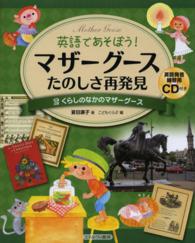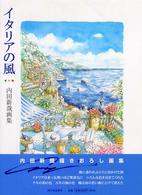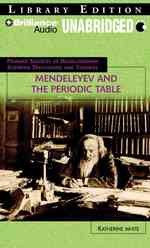- ホーム
- > 洋書
- > 英文書
- > Literary Criticism
Full Description
Garcilaso de la Vega and the Material Culture of Renaissance Europe examines the role of cultural objects in the lyric poetry of Garcilaso de la Vega, the premier poet of sixteenth-century Spain. As a pioneer of the "new poetry" of Renaissance Europe, aligned with the court, empire, and modernity, Garcilaso was fully attuned to the collection and circulation of luxury artefacts and other worldly goods. In his poems, a variety of objects, including tapestries, paintings, statues, urns, mirrors, and relics participate in lyric acts of discovery and self-revelation, reveal memory as contingent and unstable, expose knowledge of the self as deceptive, and show how history intersects with the ideology of empire.
Mary E. Barnard's study argues persuasively that the material culture of early sixteenth-century Europe embedded within Garcilaso's poems offers a key to understanding the interplay between objects and texts that make those works such vibrant inventions.
Contents
Acknowledgements
Note on Editions and Translations
List of Illustrations
Introduction: Engaging the Material
Chapter 1: Weaving, Writing, and the Art of Gift-Giving
Tapestry Culture
The Poem as Fabric: Weavers and Writers
Chapter 2: Empire, Memory, and History
An Archive in Cloth
Unearthing Carthage
Chapter 3: Objects of Dubious Persuasion
The Lyre and the Viol(a)
The Shell Boat
A Marble Statue
Chapter 4: The Mirror and the Urn
At the Fountain of Narcissus
The Urn's Tale
Chapter 5: Eros at Material Sites
Weaver Nymphs in Crystal Palaces
Daphne's Scenographic Body
Mapping the Humoral Interior
Tablet of the Soul
Chapter 6: Staging Objects in Pastoral
Falling in Love with a Statue
Mourning Becomes Material
Conclusion
Notes
Works Cited
Index







